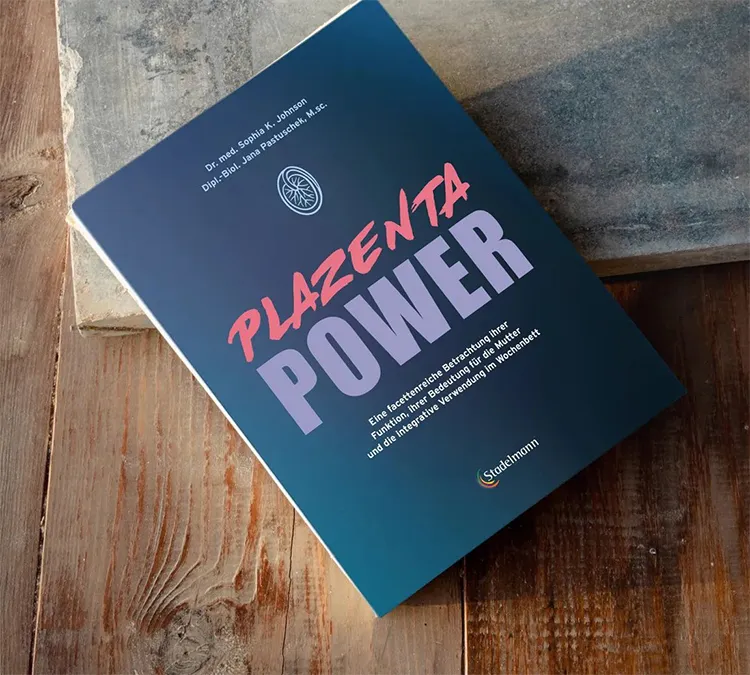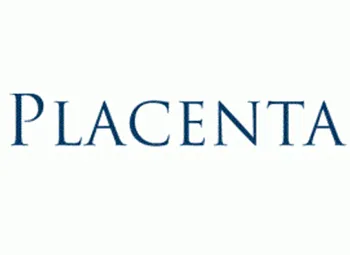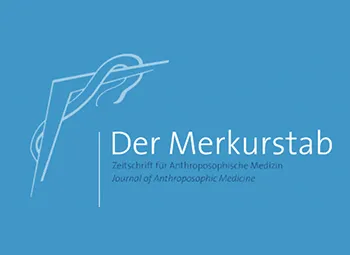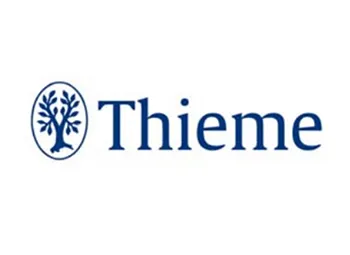Lectures & Science
Insights, Publications & Scientific Contributions for Integrative, Evidence-Based Women’s Medicine
Book

Placenta Power
An Underestimated Organ
A multifaceted look at its function, importance for mothers and the integrative use in the postpartum period.
Podcasts
Holistic Insights for Your Ears
● “The Wonder of the Placenta” in an interview with @christinadoliwa – a podcast by @echtemamas
Lectures, Podcasts & Discussion Panels

Lectures
Whether as a short impulse or keynote lecture
● Placenta Power – A Bridge from Traditional Remedy to Basic Research, Forum of University Working Groups for Naturopathy and Integrative Medicine, Essen 2025
● Working Cyclically – Online Seminar on the Female Cycle, Keynote Lecture on (Female) Hormones and Mental Health, 2025
● Placenta Power: Placenta Remedies for the postpartum period from a scientific Perspective, Midwifery Wisdom Experience – Online Conference, 2024:
● Ear Acupuncture according to the NADA Protocol, Clinical Experience and Scientific Evidence, Annual Meeting of Thuringian Pain Therapists, Weimar 2024
● Pain Therapy within the Framework of Integrative Medicine Concepts, Conference of the Working Group “Perioperative Medicine”, Herdecke 2024
● Integrative Methods in Modern Obstetrics – What are the prerequisites for the application of healing therapeutic procedures such as acupuncture, homeopathy, herbal medicine and co.? Together with midwife Ingeborg Stadelmann and congress president Dr. med. Ansgar Römer, Congress Obstetrics in Dialogue, Mannheim, 2024
● Human placentophagy: hormones, metals and bacteria in placental tissue (Department of Anthropology, UNLV, Las Vegas, Nevada), 2018


NADA Trainer
The NADA protocol is a simple, standardized, and effective acupuncture procedure. I regularly offer courses to learn ear acupuncture. The goal is to stimulate the body and mind for regulation. The NADA protocol works universally: it requires neither a special indication nor are there contraindications. Therefore, it is particularly well suited as a “basic treatment” for complementary use in a comprehensive therapeutic concept.
Publications

Human placentophagy
Effects of dehydration and steaming on hormones, metals and bacteria in placental tissue
Human maternal placentophagy, the behavior of ingesting the own raw or processed placenta postpartum, is a growing trend by women of western societies. This study aims to identify the impact of de-hydration and steaming on hormone and trace element concentration as well as microbial contamination of placental tissue.
Placenta, Vol. 67, 2018

Impact of tissue processing on microbiological colonization in the context of placentophagy
A mother’s postpartum ingestion of raw or processed placental tissue—referred to as human maternal placentophagy—is an emerging health trend observed in industrialized nations. Placenta is commonly consumed as small pieces of raw tissue, or as raw or steamed dehydrated pulverized and encapsulated tissue.
Nature sciencereports 2022

Human placentophagy
Placenta tissue processing protocol – in the context of placentophagy
Traditional pharmacopeia describe the use of ground and dehydrated human placenta tissue for the use as a remedy according complex integrative medicine systems such as Chinese medicine. To resemble the most common method of placenta preparation in a home-based environment, this protocol was established for placenta tissue processing under clean but not sterile conditions.

Placenta as a Remedy – A Comparative Study
This article places the cross-cultural use of Placenta humana in the context of complex integrative medicine systems such as Anthroposophic Medicine, Chinese Medicine, and Homeopathy. Interesting overlaps are observed in its indication as a remedy, for example, for conditions of weakness and deficiency.
Der Merkurstab, 2022, No. 2, pp. 90-95

Placenta – Worth Trying?
Human Maternal Placentophagia: Possible Benefit and Potential Risks
The use of placenta preparations as an individual puerperal remedy can be traced back to historical, traditional practices in Western and Asian medicine. To evaluate the ingestion of processed placenta as a puerperal remedy, the potential risks (trace elements, microorganisms) and possible benefit (hormones in the placental tissue) of such a practice are discussed in this article based on a literature review.
Geburtsh Frauenheilk 2018; 78: 846–852
Stay up to date
Newsletter
With my newsletter, I irregularly share thoughts, insights, and scientifically sound perspectives on integrative women’s medicine, placenta research, and postpartum health.
You’ll receive small portions of knowledge, honest reflections from my work – and, of course, you’ll be kept up to date on exciting lectures, publications, and cool events.
The impulses are aimed at everyone who wants to rethink women’s medicine: well-founded, holistic, and at eye level.
To stay up to date, I’d also be happy if you follow me on Instagram.

